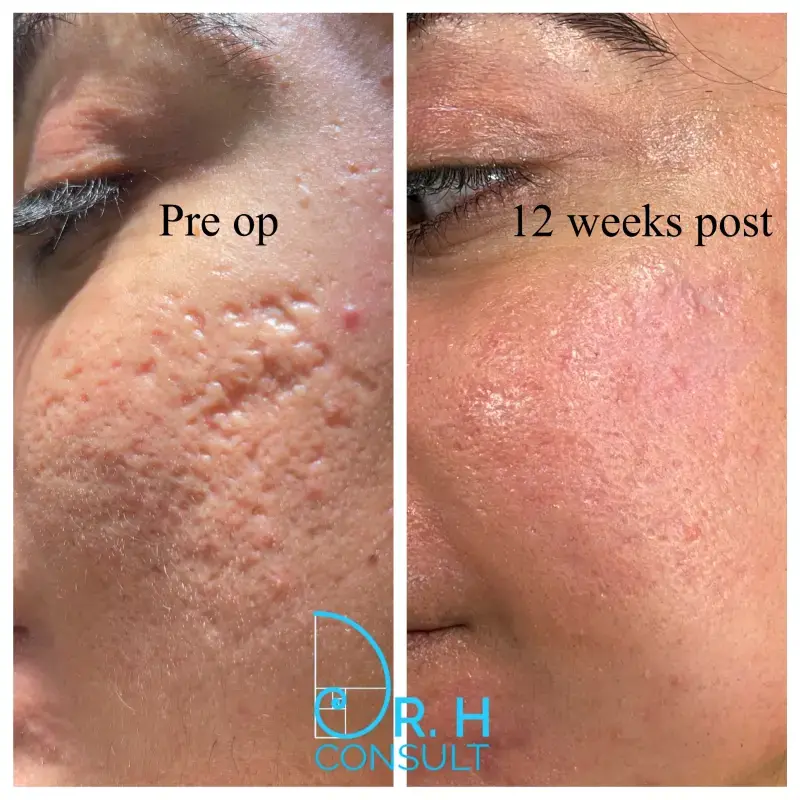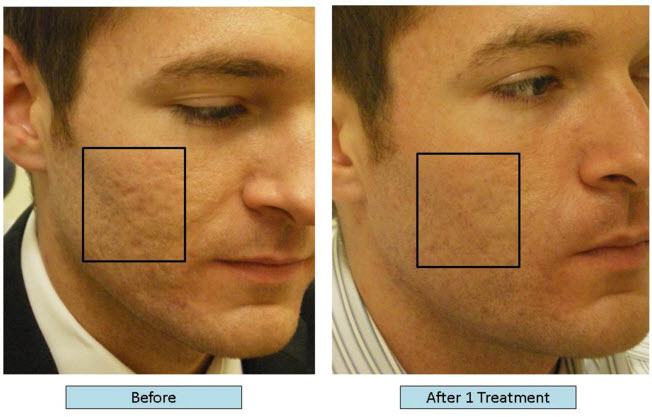Reliable Acne and Acne Scars Treatment: Clear Skin Solutions That Work
Reliable Acne and Acne Scars Treatment: Clear Skin Solutions That Work
Blog Article
Discovering Skin Disease: Determining and Treating Acne Scars for Healthier Skin
Acne scars stand for a considerable concern for individuals seeking to preserve healthy and balanced skin, as they can influence both appearance and self-worth. Understanding the numerous kinds of marks, from atrophic to hypertrophic, is vital for establishing appropriate therapy choices.
Comprehending Acne Marks
Comprehending acne scars is critical for any person who has experienced severe acne, as these marks can have a lasting effect on both physical look and emotional health. Acne scars create when the skin goes through inflammatory feedbacks throughout energetic acne sores. The intensity of scarring is commonly affected by variables such as the sort of acne, its period, and private skin features.
The body's natural recovery process can cause either atrophic scars, which look like anxieties in the skin, or hypertrophic marks, which are raised and result from overproduction of collagen. Furthermore, the mental toll of acne scars should not be taken too lightly; many individuals report feelings of embarrassment, anxiousness, and lowered self-confidence. This emotional worry can impact social communications and total lifestyle.
Dealing with acne scars needs a thorough understanding of their development and impact. Awareness of the capacity for long-term effects connected with neglected scars can inspire individuals to seek ideal therapies. Early treatment and reliable management approaches can significantly improve skin appearance and boost mental resilience, stressing the relevance of comprehending the intricacies surrounding acne marks.
Kinds Of Acne Scars
Acne marks can be classified right into distinct kinds, each exhibiting special characteristics and needing details treatment techniques. The main kinds of acne marks consist of atrophic, hypertrophic, and keloid scars.

Hypertrophic scars, in contrast, are elevated over the skin level and are the result of excessive collagen production throughout the recovery process. They commonly stay within the boundaries of the original acne lesion. Keloid marks are similar but extend past the initial injury website, forming larger, elevated locations that can be uncomfortable or scratchy.
Comprehending these types of marks is important for picking proper therapy choices. Different marks may react much better to certain treatments, such as laser therapies, fillers, or surgical treatments, stressing the relevance of a customized technique to acne mark monitoring.
Recognizing Your Marks
Acne scars typically drop into 2 groups: hypertrophic and atrophic marks. These can even more be categorized into ice-pick scars, boxcar marks, and rolling scars, each showing distinct features and calling for different approaches for assessment - acne and acne scars treatment.
Hypertrophic marks, on the various other hand, are elevated and take place because of extreme collagen production throughout the recovery process. Identifying the particular features of your marks-- such as size, appearance, and deepness-- is important for correct identification. Furthermore, think about the distribution of scars across your skin, as this can indicate the seriousness and duration of the acne condition.
Engaging with a dermatologist can give beneficial understandings into the nature of your marks, assisting in the differentiation in between various types. A detailed understanding of your scars will inevitably result in an extra tailored and effective therapy plan, making certain a clearer and much healthier complexion.
Therapy Options Available
Identifying Full Report the certain kind of acne scars existing on your skin prepares for discovering reliable therapy alternatives. Common sorts of acne marks consist of atrophic (depressed), hypertrophic (raised), and post-inflammatory erythema.
For atrophic scars, alternatives such as chemical peels, microneedling, and laser resurfacing are widely used. Chemical peels utilize acids to get rid of the outer layer of skin, advertising brand-new cell development. Microneedling entails tiny needles that develop micro-injuries, boosting collagen manufacturing. Laser resurfacing targets harmed skin cells, enhancing structure and tone.
Hypertrophic scars can be treated with corticosteroid injections to flatten the scar or laser therapy to decrease inflammation and boost look. skin rejuvenation treatments. Silicone gel sheets and stress dressings might likewise help in managing increased scars
On top of that, dermal fillers can momentarily fill up in depressions from atrophic scars, while surgical excision might be suitable for serious situations. Each therapy alternative has its advantages and factors to consider, making it necessary to seek advice from with a skin specialist. They can provide tailored referrals based on the type and seriousness of your marks, as well as your skin kind and total health.
Tips for Prevention
Effective avoidance techniques can substantially reduce the probability of creating acne marks. Utilizing non-comedogenic items helps stop clogged up pores, which can exacerbate acne.
Staying clear of the urge to select or stand more out acne lesions is vital, as this can bring about deeper skin damage and increase the danger of scarring. Rather, think about utilizing a chilly compress or over the counter treatments to lower swelling and redness.
Sunlight defense is one more vital facet of prevention; ultraviolet (UV) rays can dim marks and hinder the healing procedure. Using a broad-spectrum sun block with a minimum of SPF 30 daily can secure the skin and advertise also healing.
Finally, keeping a well balanced diet regimen rich in vitamins, minerals, and anti-oxidants sustains skin health and healing. Staying moisturized and taking care of stress levels can additionally play a substantial duty in decreasing acne flare-ups. By carrying out these approaches, people can substantially minimize their chances of creating acne marks.

Final Thought
To conclude, understanding and determining acne scars is necessary for effective therapy and achieving much healthier skin. Numerous sorts of find more info acne marks, consisting of atrophic and hypertrophic marks, necessitate certain treatments customized to specific requirements. Treatment alternatives variety from chemical peels and microneedling to corticosteroid shots, emphasizing the significance of consulting a skin specialist. Additionally, adopting a gentle skincare routine and safeguarding the skin from UV exposure can substantially add to the avoidance of additional scarring and overall skin health.
The body's natural healing procedure can result in either atrophic scars, which show up as depressions in the skin, or hypertrophic scars, which are elevated and result from overflow of collagen. They are more separated into three subtypes: ice pick marks, boxcar marks, and rolling marks. Acne marks normally fall into two categories: hypertrophic and atrophic scars. These can better be classified right into ice-pick marks, boxcar marks, and rolling scars, each exhibiting distinctive features and requiring different strategies for evaluation.
Different kinds of acne scars, including hypertrophic and atrophic marks, require details treatments customized to private demands.
Report this page